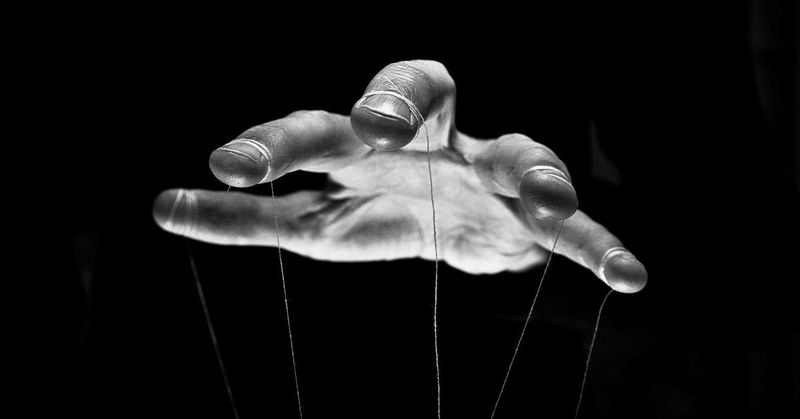In relationships, certain habits might appear loving and thoughtful, yet they can mask underlying issues. These seemingly romantic gestures can camouflage deeper problems that could impact the partnership’s health. Understanding these signals can help in addressing and resolving issues before they escalate. Here, we explore ten marriage habits that, while seeming romantic, might indicate deeper relational troubles.
1. Excessive Gift-Giving

Receiving gifts can feel wonderful, but when a partner showers you with gifts to an excessive degree, it may signal something deeper. This could be an attempt to compensate for a lack of emotional connection or hide guilt.
Rather than focusing on quantity, it’s important to understand the intention behind the gesture. Is it to make up for something lacking elsewhere in the relationship?
A thoughtful gift occasionally is a loving gesture, but too many can become overwhelming and can obscure genuine communication and emotional intimacy.
2. Constant Togetherness

Spending time together is essential for a healthy marriage, but constant togetherness might point to codependency. When partners are always glued to each other’s side, it suggests a lack of independence and potential insecurity.
Healthy relationships thrive on balance, where both partners have their own interests and friendships. Encourage individuality and personal growth within the marriage.
By fostering personal space, couples can nurture their unique identities, which in turn strengthens the relationship as a whole.
3. Public Displays of Affection

While some affection in public can be sweet, overly frequent public displays of affection (PDA) might hint at underlying insecurities. This behavior can sometimes serve as a façade to project happiness rather than reflecting reality.
In some cases, excessive PDA is a compensatory act for what’s lacking privately. It’s crucial for couples to communicate openly about their needs and feelings without relying on public attention.
True intimacy flourishes away from the spotlight, where genuine emotions can be expressed.
4. Over-Complimenting

While compliments can be uplifting, an excess might indicate insincerity or a need to control. Frequent, exaggerated praise can be a tactic to manipulate or divert attention from real issues.
Examining the reasons behind excessive complimenting can reveal underlying problems. Is it a way to avoid confrontation, or to secure control over the other partner?
Authentic affirmation is valuable, but should not overshadow the need for genuine dialogue and resolving conflicts.
5. Jealousy as a Love Token

Jealousy is often mistaken for love, but it can signal control or insecurity. If a partner views jealous behavior as a token of affection, it might mask possessiveness or fear.
Open discussions about boundaries and trust are essential to address such misunderstandings. Healthy relationships are built on mutual respect and confidence, not on controlling tendencies.
Encouraging trust over jealousy can foster a more stable and loving partnership.
6. Lavish Apologies

Apologizing is crucial when mistakes occur, but overly lavish apologies can indicate deeper issues. When a partner resorts to extravagant gestures to apologize, it might be masking an inability to communicate or resolve conflicts.
Such gestures may temporarily soothe tensions but fail to address the core problem. Genuine apologies require acknowledgment of the issue and efforts to change behaviors.
Focusing on sincere communication can lead to healthier conflict resolution strategies.
7. Keeping Secrets “For Their Sake”

While some secrets might be kept with good intentions, consistently hiding information can harm trust. Keeping secrets “for their sake” might indicate a lack of transparency and fear of confrontation.
Trust is a cornerstone of any healthy relationship, and openness fosters stronger connections. Secrets can drive a wedge between partners, preventing genuine intimacy.
Encouraging honesty and openness can bridge gaps and build trust over time.
8. Protective Overload

Being protective can be comforting, but when it becomes overbearing, it might signal insecurity or lack of trust. An overly protective partner may be driven by fear rather than love.
This behavior can stifle independence and create tension in the relationship. Open communication about boundaries is crucial for both partners to feel respected and valued.
Finding a balance between care and control allows love to flourish freely.
9. Routine Check-ins

Checking in with your partner can be a thoughtful gesture, but when it becomes excessive, it might signal insecurity or mistrust. Routine check-ins should not replace genuine conversations and emotional engagement.
When these check-ins feel obligatory rather than caring, it may be time to re-evaluate their purpose. Encouraging open dialogue about feelings and expectations can enhance the relationship.
Prioritizing meaningful interactions over constant updates nurtures a deeper connection.
10. Always Saying “Yes”

Agreeing with your partner is often seen as harmonious, but always saying “yes” might indicate self-neglect or fear of conflict. True partnership thrives on mutual respect, where both voices are heard.
Constant agreement might mask deeper dissatisfaction or lack of self-expression. Encouraging discussions and understanding differing perspectives enriches the relationship.
Balance and individuality are key to a fulfilling partnership, where each partner’s needs are acknowledged.

